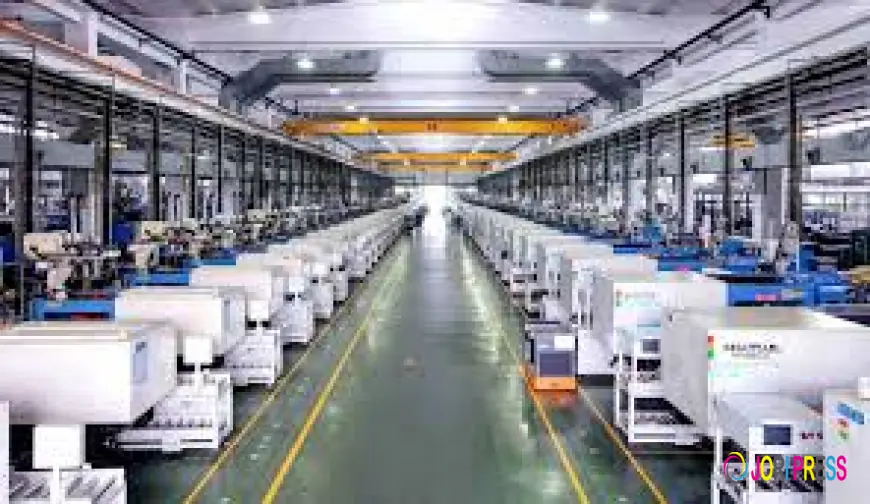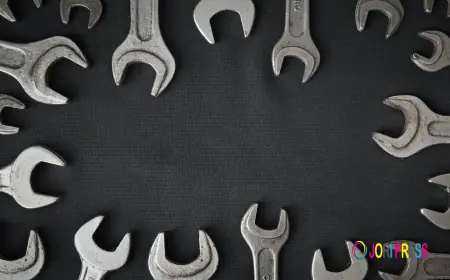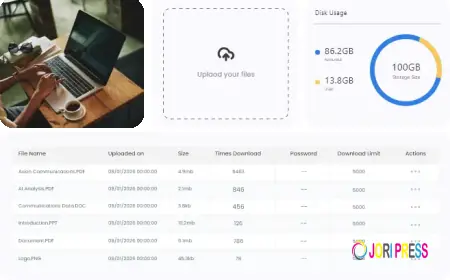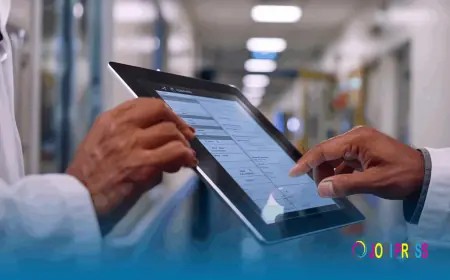The Complete Guide to Plastic Injection Molding: Process, Uses, and Benefits
As a manufacturing process that perfectly blends innovation with practicality, plastic injection molding will continue to shape the world of tomorrow—literally and figuratively.

Plastic injection molding has become one of the most essential manufacturing processes in the modern industrial world. From automotive components and consumer electronics to household goods and medical devices, this process shapes nearly every plastic product we use today. It’s known for its precision, efficiency, and ability to produce complex parts in large volumes—all while maintaining consistent quality and cost-effectiveness.
This comprehensive guide explores what plastic injection molding is, how it works, its industrial uses, and the major benefits that make it a top choice for manufacturers worldwide.
Understanding Plastic Injection Molding
At its core, plastic injection molding is a manufacturing process that involves melting plastic pellets and injecting the molten material into a steel or aluminum mold cavity. Once cooled and solidified, the material takes the precise shape of the mold, forming a finished part that requires little to no post-processing.
The process is widely favored because of its ability to produce identical parts repeatedly with extreme precision. This repeatability is vital for industries that demand consistency, such as medical devices, automotive components, and packaging solutions.
How the Process Works
The process typically follows these key stages:
-
Clamping: The two halves of the mold are securely closed using a hydraulic press.
-
Injection: Melted thermoplastic resin is injected under high pressure into the mold cavity.
-
Cooling: The plastic is allowed to cool and harden within the mold.
-
Ejection: The mold opens, and the solidified product is ejected.
-
Finishing: Minor trimming or surface finishing may be performed if required.
Each step is precisely controlled using modern injection molding machines, ensuring dimensional accuracy and consistent quality across thousands—or even millions—of identical parts.
Materials Used in Plastic Injection Molding
The versatility of plastic injection molding lies in its ability to handle a wide range of thermoplastic and thermosetting materials. The most commonly used materials include:
-
Polypropylene (PP): Lightweight, flexible, and ideal for packaging and automotive parts.
-
Acrylonitrile Butadiene Styrene (ABS): Known for impact resistance, used in electronics and toys.
-
Polycarbonate (PC): Offers transparency and strength, suitable for lenses and safety gear.
-
Polyethylene (PE): Durable and chemical-resistant, commonly used in containers and tubing.
-
Nylon (PA): Excellent for mechanical components due to its strength and wear resistance.
Material selection depends on factors like the desired strength, flexibility, temperature resistance, and appearance of the final product.
Common Uses of Plastic Injection Molding
The versatility of plastic injection molding allows it to serve multiple industries. Below are the most common applications where it plays a vital role:
1. Automotive Industry
Plastic components such as dashboards, bumpers, and interior trims are produced using injection molding due to the process’s durability, accuracy, and cost-efficiency.
2. Consumer Goods
Everyday products like toothbrush handles, kitchen containers, and toys are created using this technique because it enables complex designs and high-volume production.
3. Electronics
Injection molding is widely used for producing casings, connectors, and components that require both precision and insulation properties.
4. Medical Equipment
Sterile, lightweight, and safe plastic parts like syringes, housings, and laboratory tools are made using injection molding.
5. Packaging
From caps and closures to custom containers, injection molding provides consistent, high-speed production for the packaging industry.
Key Benefits of Plastic Injection Molding
Choosing plastic injection molding as a manufacturing method provides a multitude of advantages, both economically and technically.
Major Benefits Include:
-
High Efficiency: Once the mold is designed, production cycles are fast, making it perfect for large-volume manufacturing.
-
Consistency and Precision: The process delivers identical parts with tight tolerances.
-
Material Versatility: A wide range of thermoplastics can be used, allowing flexibility in product design.
-
Reduced Waste: Excess material can often be recycled and reused, making it an eco-friendly option.
-
Enhanced Strength: Fillers can be added to the material to improve product durability.
-
Cost-Effective for Mass Production: The higher the production volume, the lower the per-unit cost.
-
Complex Designs: Allows intricate shapes that would be difficult or impossible with other processes.
Uses and Benefits Summary
Here’s a quick breakdown highlighting the uses and benefits of plastic injection molding:
Uses:
-
Automotive parts and components
-
Consumer products and packaging
-
Electrical and electronic housings
-
Medical devices and laboratory instruments
-
Industrial and construction parts
Benefits:
-
Cost-effective mass production
-
Highly accurate and consistent results
-
Broad material selection for varied applications
-
Minimal waste with recyclable options
-
Ability to produce detailed, complex parts
The Role of Technology in Modern Injection Molding
With the advancement of digital manufacturing and automation, plastic injection molding has evolved into a smart, efficient, and highly optimized process.
Modern machinery uses computer numerical control (CNC) and real-time process monitoring to ensure perfect conditions for each shot. Advanced software tools simulate mold flow, predict material behavior, and prevent production issues before physical molding begins.
Additionally, 3D printing and rapid prototyping are often used to design and test molds, reducing lead times and improving product innovation. The integration of AI-driven analytics helps manufacturers optimize energy use, cycle time, and maintenance schedules—further reducing costs and environmental impact.
Challenges and Considerations
While plastic injection molding offers numerous benefits, manufacturers must address several key challenges to ensure optimal outcomes:
-
High Initial Tooling Cost: Designing and fabricating a mold can be expensive, making it more suitable for high-volume production.
-
Design Complexity: Incorrect mold design can lead to warping, sink marks, or incomplete filling.
-
Material Selection: Choosing the wrong plastic type may impact performance and aesthetics.
-
Environmental Concerns: Although recyclable, not all plastics are eco-friendly. Sustainable material choices are critical.
Manufacturers often work closely with material scientists and design engineers to overcome these issues through advanced simulation, precision tooling, and continuous process improvement.
The Future of Plastic Injection Molding
The future of plastic injection molding is increasingly shaped by sustainability, innovation, and automation. As industries push toward greener solutions, biodegradable and recycled plastics are becoming popular alternatives.
Innovations like electric injection molding machines (which consume less power than hydraulic ones) are also gaining traction. Combined with smart sensors, IoT-based data analytics, and predictive maintenance, the next generation of injection molding systems will be faster, cleaner, and more efficient than ever before.
In short, the evolution of this technology is not only transforming how plastic parts are made—it’s redefining the entire manufacturing landscape.
Conclusion
Plastic injection molding remains the backbone of modern manufacturing, delivering unmatched precision, efficiency, and versatility. Whether producing millions of identical parts or intricate prototypes, it ensures consistent quality and performance across industries.
By embracing advanced materials, sustainable practices, and smart automation, businesses can continue to benefit from this proven technology for decades to come.
What's Your Reaction?
 Like
0
Like
0
 Dislike
0
Dislike
0
 Love
0
Love
0
 Funny
0
Funny
0
 Angry
0
Angry
0
 Sad
0
Sad
0
 Wow
0
Wow
0















































